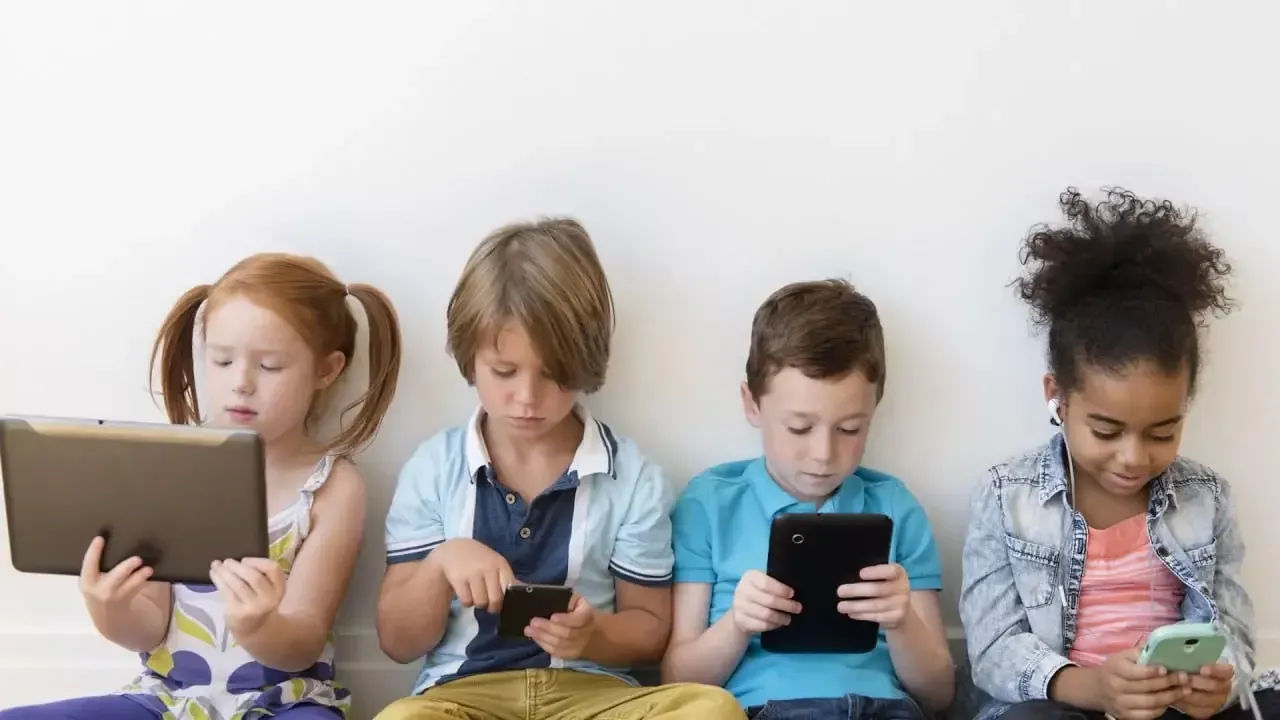
The internet has become an integral part of children's lives. While technology provides them with knowledge, creativity, and freedom of thought, it also presents very dangerous traps.
Especially, teenagers are falling under the influence of false information, manipulative content, and harmful games known as “challenges”.
The disastrous consequences of “challenges” and imaginary “likes”
In recent years, viral games such as “Blue Whale”, “Momo challenge”, and “Blackout Challenge” have affected the lives of many children.
At the beginning of 2025, four children in the UK died while attempting the “Blackout Challenge”. Parents sued TikTok.
Such examples show how real the dangers of the internet are.
Why do children easily believe?
Children, who lack life experience, cannot discern information. They accept disinformation as truth and fall under psychological pressure.
Some risk their lives to be “the center of attention” in the virtual world.
Is protection sufficient in Uzbekistan?
There are laws. For example, there are penalties for spreading false information, including fines or restrictions on freedom.
However, these measures are more focused on addressing consequences. There is a lack of a systematic approach to prevention.
What should be done?
- Parents and teachers should teach children to recognize dangerous content on the internet;
- Media literacy classes should be introduced in schools;
- Platforms must implement systems to automatically detect harmful content and remove it within 24 hours;
- The state must adopt preventive laws regarding information security.
Countries like Germany and Canada have already established effective systems in this area. We should learn from them.
What do you think is the most effective way to protect children from invisible threats on the internet?

